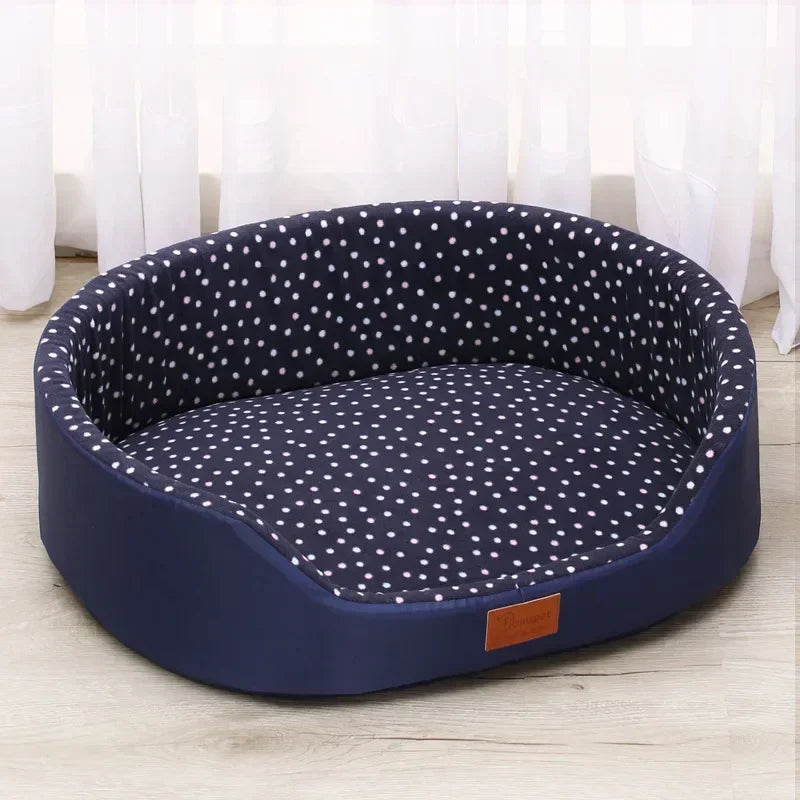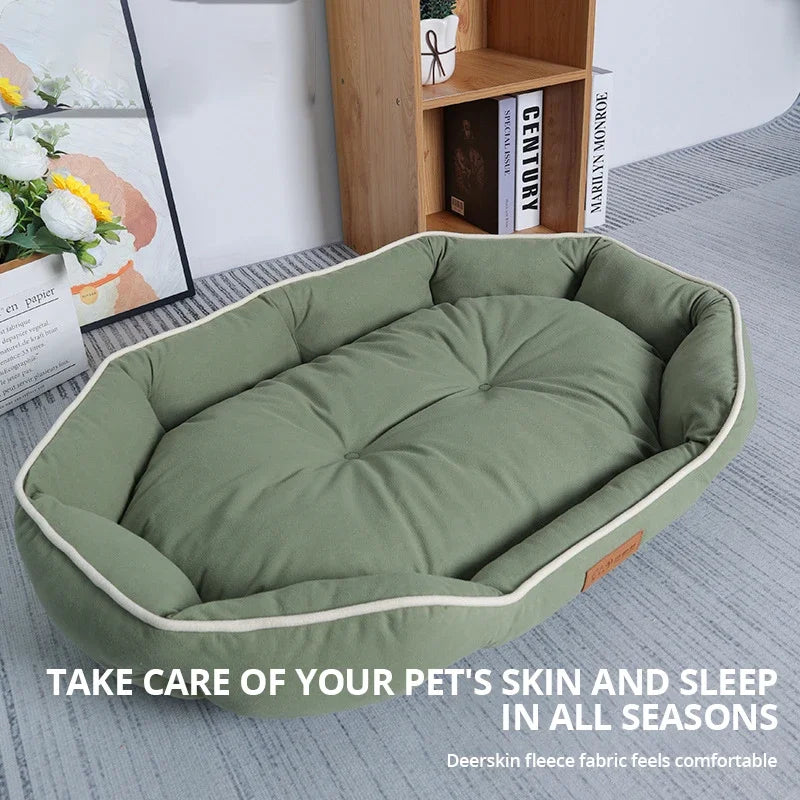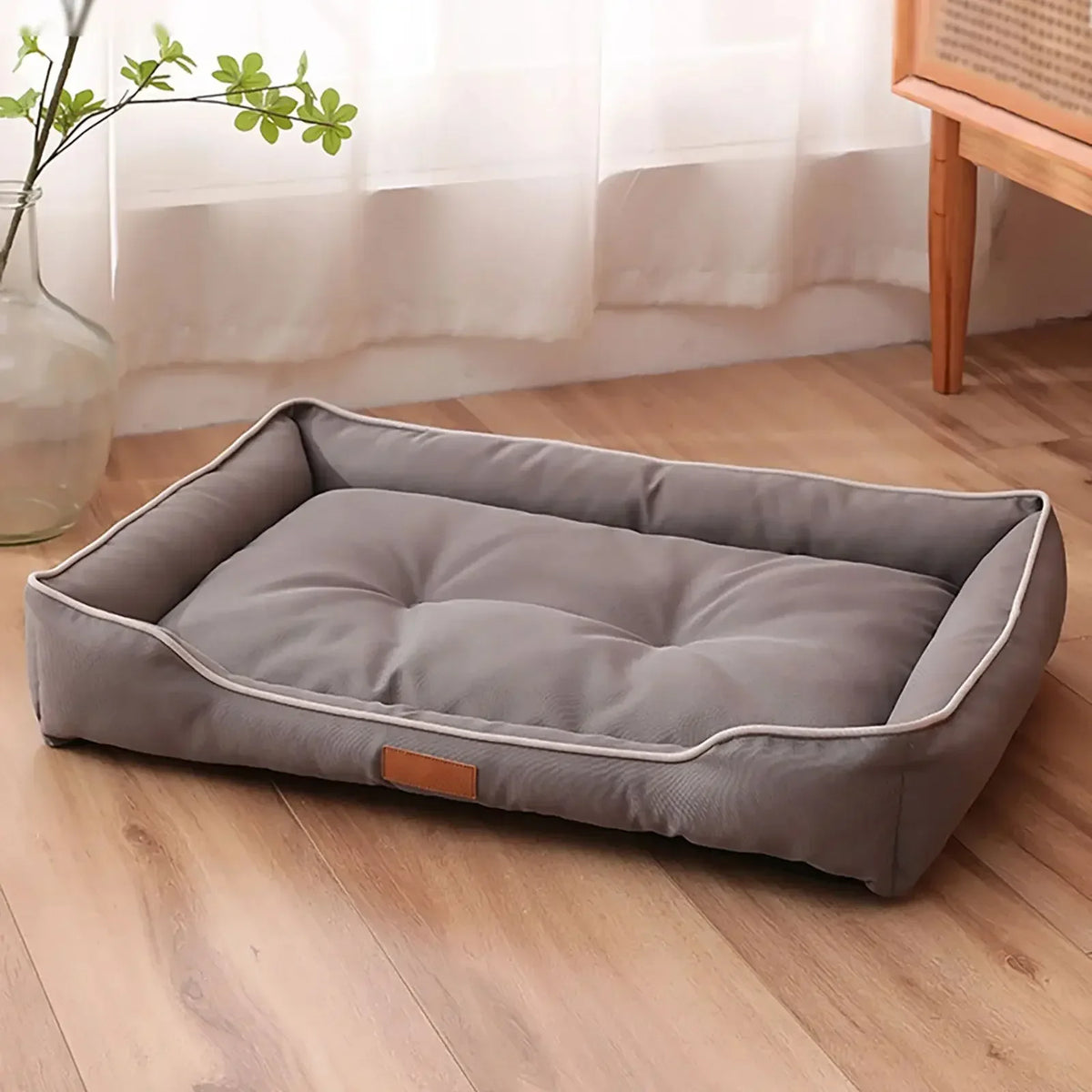Is every walk with your dog more of a battle than a pleasure? Does your arm feel like it's about to pop out of its socket? If you're nodding along, you're not alone. Leash pulling is one of the most common frustrations for dog owners, but the good news is, it's fixable.
Forget the myths and the old-school advice that just doesn't work. Here at Tooth & Tail, we're all about understanding the "why" before we get to the "how". Let's get straight into it and get you back to enjoying your walks.
First Off, Why is Your Dog Pulling?
It's easy to think your dog is just being stubborn, but that's rarely the case. They're not doing it to wind you up. There are a few simple reasons for the constant pulling:
* They're Faster Than You: A dog's natural walking pace is much faster than a human's. They're constantly having to slow down for us, and sometimes, their excitement gets the better of them.
* The World is EXCITING: Smells! Other dogs! That plastic bag blowing across the street! The world outside is the most interesting place imaginable, and your dog wants to get to the next exciting thing as quickly as possible.
* Opposition Reflex: It’s a natural canine instinct. When you pull back on the lead, their automatic reaction is to pull forward against the pressure. It’s a vicious cycle.
* It Works for Them: Simply put, they pull, and they get where they want to go. They've learned that pulling is a very effective way to get to that interesting smell or to greet that other dog.
The Right Gear is Half the Battle
Before we even get to training, let's talk about gear. The right equipment can make an instant difference.
* Ditch the Retractable Lead: These leads are a nightmare. They teach your dog that pulling extends the lead, which is the exact opposite of what you want. Stick to a standard, fixed-length lead (around 6ft is ideal).
* Avoid Choke & Prong Collars: We're about building a good relationship with our dogs. These collars work by causing pain and discomfort, which can lead to fear, anxiety, and even aggression. There are far better, kinder ways.
* Get a Front-Clip Harness: This is a total game-changer. When the lead attaches to the dog's chest, it takes the power out of their pulling by simply turning them back towards you. Here at Tooth & Tail, we don't just talk the talk. After testing dozens, we now stock what we believe is the best [No-Pull Harness on the market](link to your product page). It’s designed to be effective without causing any discomfort, giving you control and giving your dog a comfortable walk.
> Our Top Recommendation: The Tooth & Tail No-Pull Harness
> **
> Stop the pulling without the pain. Our harness is designed for maximum control and canine comfort, turning stressful walks into a walk in the park.
> * ✅ Front D-ring clip to redirect your dog's momentum.
> * ✅ Padded for comfort, so no chafing.
> * ✅ Fully adjustable for the perfect fit.
> * ✅ Built to last from durable, weatherproof materials.
The Training Plan: 4 Steps to a Loose Lead
Right, you've got the gear. Now for the training. The key here is patience and consistency. You won't fix this overnight, but with these steps, you will fix it.
Step 1: Become a Tree
This is the simplest and most effective starting point. The second your dog pulls and the lead goes tight, you stop moving. Completely. Stand still and silent like a tree. Don't say anything, don't pull back. Just wait. The moment your dog eases the tension on the lead – even for a second – mark the behaviour with a "Yes!" and start walking again.
* The Lesson: "Pulling gets us nowhere. A loose lead makes us move."
Step 2: The U-Turn
If being a tree isn't quite cutting it, it's time for the U-turn. As soon as your dog gets to the end of the lead, cheerfully say "This way!" and turn 180 degrees, walking in the opposite direction. When they catch up and are walking nicely beside you, give them a treat.
* The Lesson: "Pulling doesn't get me where I want to go. Sticking close to my human gets me rewards."
Step 3: Reward the Good Stuff (Massively)
This is the most important part. You need to make walking nicely beside you the best thing in the world. Have high-value treats (bits of chicken, cheese, or hotdog) ready. Whenever the lead is loose and your dog is walking near you, dish out praise and a treat. Don't wait for them to pull to correct them; reward them for getting it right.
* The Lesson: "Walking close to you is brilliant! I get treats here!"
Step 4: Start Easy, Keep it Short
Don't start your training session on the busiest street in town. Begin in your garden or a quiet park. Keep the first few training sessions short and sweet (5-10 minutes) so neither of you gets frustrated. End on a positive note.
You've Got This
Stopping a dog from pulling on the lead is a test of patience, but it's one you can definitely win. By understanding why your dog pulls, getting the right gear, and being consistent with your training, you can transform your walks from a stressful chore into the best part of your day.




